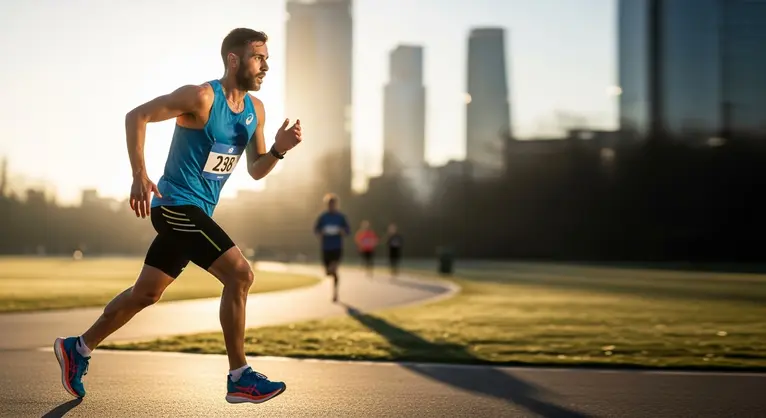The Science of Recovery & Injury Prevention: A Complete Guide for Every Athlete
Recovery is not just for elite athletes or the injured—it’s vital for everyone pursuing an active lifestyle. Whether you’re a weekend warrior or a seasoned pro, understanding the most effective strategies can mean the difference between progress and burnout. In this guide, we’ll explore the latest, evidence-based approaches to injury prevention and recovery, making it practical and actionable for you.
Why Recovery and Prevention Matter
Most enthusiasts focus on training intensity, but true progress relies on how well you support your body’s repair. Did you know up to 50% of sports injuries are preventable with the right approach? Recovery is your “secret weapon” for longevity, progress, and enjoyment—regardless of your fitness level.
Key Injury Prevention Strategies
Equip Yourself for Safety
- Use sport-specific gear: Helmets, mouthguards, proper shoes, and pads may sound basic, but they drastically cut serious injury risks.
- Example: Runners who replace shoes every 500 km report fewer foot and knee issues.
The Power of Balanced Training
- Mix cardio, strength, and flexibility to reduce overuse.
- Learn proper techniques. If you’re picking up deadlifts or tennis, a coach or video analysis pays off.
- Gradually increase workout intensity—avoid “too much, too soon” syndrome.
Prioritize Recovery and Rest
- Schedule rest days and respect your body’s signals.
- Sleep is your superpower: athletes targeting 7–9 hours a night see better reaction times and fewer injuries.
Common Injuries & How to Sidestep Them
| Injury | Prevention Tactic ||——————|————————————————|| Sprains/Strains | Strengthen, stretch, and select proper shoes || Joint Injuries | Brace if needed, avoid overuse, strengthen core|| Muscle Tears | Warm up, progress gradually, stay hydrated || Stress Fractures | Protective gear, balanced diet, cross-training |
Pro tip: Keep a simple training log—identifying sudden spikes in workload is key in preventing setbacks.
Fuelling Faster Healing: Nutrition Essentials
Think of your plate as your recovery tool:
- Protein (chicken, beans, eggs) rebuilds muscles.
- Omega-3s (salmon, walnuts) fight inflammation.
- Antioxidants (berries, greens) speed tissue repair.
- Vitamin C/D help collagen formation and bone strength.
- Stay hydrated: Water is crucial to all repair processes.
Supplements? Whole foods come first, but protein powders and creatine can assist during high demands or rehab phases—always consult a professional.
High-Tech Tools for Modern Recovery
Today’s recovery toolkit goes beyond stretching:
- Foam Rollers & Massage Guns: Great for self-myofascial release post-workout.
- Compression Wear: May reduce soreness in runners and cyclists.
- Cold Therapy: Ice baths aren’t just for Olympians—try a cool shower for muscle relief.
- Wearables: Track heart rate, readiness, and sleep to avoid overtraining.
- EMS Devices: Useful for targeted muscle activation when resting a joint.
Remember, never rely solely on gadgets—think of them as helpers, not magic fixes.
Building a Resilient Mindset for Rehabilitation
Injury can be frustrating, but psychological tools keep you on track:
- Set small milestones during rehab—such as walking pain-free or regaining full range-of-motion.
- Visualization: Imagine successful return-to-play scenarios; it’s proven to boost outcomes. Learn more about visualization for healing.
- Lean on your community: Gym buddies, physios, and coaches create accountability and encouragement.
Focus on what you can control each day—nutrition, quality sleep, simple exercises—and celebrate each step forward.
Practical Takeaways for the GymPulse Community
- Prevention is layered: blend gear, training, technique, and rest.
- Diet matters: use food as medicine for repair and resilience.
- Tech adds value, but basics always come first.
- Mindset shapes outcome: stay proactive and patient.
With a science-backed approach, everyone—from beginners to lifelong athletes—can achieve safer, faster, and more enjoyable progress. Listen to your body, invest in recovery, and keep moving with confidence!
Want more personalized tips? Join GymPulse Club’s next Q&A, or connect in our forum for real-life success stories.

